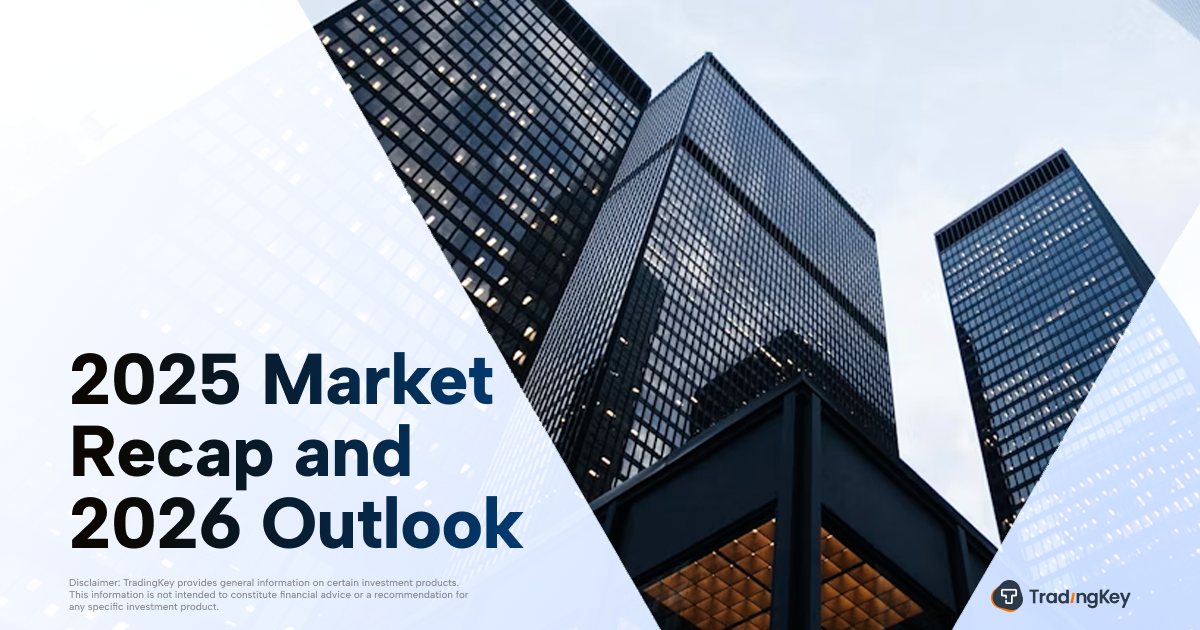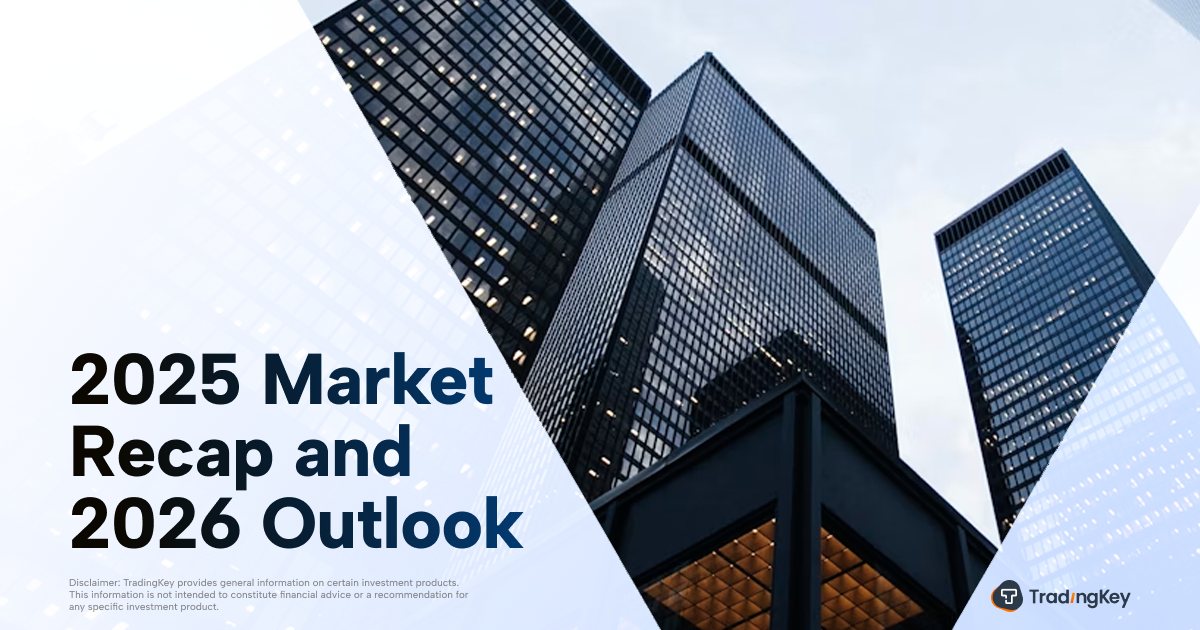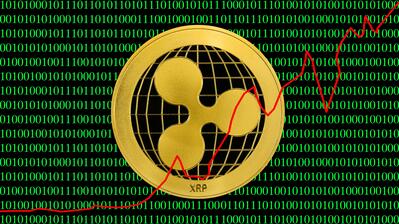Fed Warns Risk of Returning to Zero Rates Persists Over the Medium to Long Term

TradingKey - The Federal Reserve is cautioning that the likelihood of cutting benchmark interest rates back to zero cannot be ruled out. Despite policy rates currently sitting at elevated levels, the medium- to long-term risk of hitting the so-called zero lower bound (ZLB) remains significant, according to new research from the New York and San Francisco Fed.
In a joint paper released recently, the two regional Fed banks highlighted that the probability of the federal funds rate returning to zero stands at roughly 1% over the next two years, and rises to about 9% over a seven-year horizon. The analysis suggests that ongoing uncertainty over rate trajectories is amplifying this risk.
A return to near-zero rates is typically associated with severe economic stress. The Fed previously slashed rates to this level during two major crises: following the 2008 global financial crisis, when rates remained at zero for seven years to support recovery, and again in 2020, in response to the COVID-19 pandemic, when the zero-rate policy lasted for two years.
The study finds that ZLB risk is closely linked to both the expected level of interest rates and the degree of uncertainty surrounding those expectations. A decline in rate expectations—or a rise in policy uncertainty—both contribute to a heightened risk of the Fed reaching the lower bound.
Based on these dynamics, the paper notes that while current expectations for policy rates are relatively high compared to the past decade, the recent uptick in uncertainty means that the medium- to long-term risk of returning to zero remains elevated—similar to levels last seen in 2018.
The findings challenge the view held by some policymakers and economists that monetary policy has definitively moved past the shadow of zero rates, particularly amid strong post-pandemic growth and elevated inflation. However, with current policy rate expectations anchored in the 3% to 4% range, the Fed still has substantial room to ease without hitting zero—providing a meaningful buffer against future downturns.







